

Articles
How Hot Does A Gas Fireplace Get
Modified: August 22, 2024
Learn about how hot a gas fireplace can get and the safety measures to take. Read more articles on gas fireplaces and stay informed.
(Many of the links in this article redirect to a specific reviewed product. Your purchase of these products through affiliate links helps to generate commission for Storables.com, at no extra cost. Learn more)
Introduction
Gas fireplaces have become a popular choice for homeowners looking to add warmth and ambiance to their living spaces. Unlike traditional wood-burning fireplaces, gas fireplaces offer convenience and ease of use. With just the flip of a switch or the push of a button, you can enjoy the flickering flames and comforting heat of a gas fireplace.
In this article, we will explore the fascinating world of gas fireplaces and delve into the question: how hot does a gas fireplace get? Understanding the heat output of these appliances is crucial for both comfort and safety, so let’s dive in and discover everything you need to know.
Key Takeaways:
- Gas fireplaces provide controlled and comfortable heat, typically ranging from 100°F to 250°F. They are designed to enhance ambiance and should be used as a supplemental heating source, not a primary one.
- Prioritize safety by ensuring professional installation, regular maintenance, proper ventilation, and keeping flammable materials at a safe distance. Follow manufacturer’s guidelines and practice responsible usage for a cozy and safe environment.
Read more: How Hot Does Fireplace Get
Understanding Gas Fireplaces
Gas fireplaces are heating appliances that provide warmth by burning natural gas or propane. They consist of a gas burner, logs or fireglass, and a heat exchanger. When the gas is ignited, it produces a flame that dances around the logs or fireglass, creating a realistic and visually appealing fire.
Gas fireplaces are available in various designs, including traditional, modern, and linear styles, allowing you to choose one that complements your home decor. These fireplaces can be vented, which means they have a flue or chimney to expel the combustion byproducts, or ventless, which utilize a catalytic converter to clean the exhaust gases and release them back into the room.
One of the advantages of gas fireplaces is their efficiency. They can provide a consistent and reliable source of heat, without the mess and hassle of wood-burning fireplaces. Gas fireplaces also offer the option to adjust the flame height and heat output, allowing you to control the temperature in your room.
Furthermore, gas fireplaces are a popular choice for environmental-conscious homeowners. They produce less particulate matter and emissions compared to wood-burning fireplaces, reducing their impact on indoor and outdoor air quality.
It is important to note that gas fireplaces require professional installation and regular maintenance to ensure safe and efficient operation. Hiring a qualified technician to install and service your gas fireplace will not only ensure its performance but also guarantee the safety of your home and loved ones.
Types of Gas Fireplaces
Gas fireplaces come in a variety of types, each with its own distinct features and benefits. Here are some of the most common types:
- Vented Gas Fireplaces: These fireplaces require a vent or chimney to expel the combustion byproducts outside. Vented gas fireplaces offer a realistic flame and are more suitable for homeowners who prioritize aesthetics over heat output. They are also the preferred choice for those who enjoy the natural crackling sound of a wood-burning fireplace.
- Vent-Free Gas Fireplaces: As the name suggests, vent-free gas fireplaces do not require a chimney or flue. Instead, they utilize a catalytic converter to clean the exhaust gases, allowing them to be released back into the room. Vent-free fireplaces are highly efficient in terms of heat output, as all the warmth generated stays inside the room. However, they are not recommended for use in bedrooms or small, poorly ventilated spaces.
- Direct Vent Gas Fireplaces: These fireplaces feature a two-way venting system that brings in fresh air for combustion and expels the exhaust gases outside. Direct vent fireplaces offer high heat efficiency and ensure indoor air quality is not compromised. They are an excellent choice for homeowners looking for both warmth and safety.
- B-vent Gas Fireplaces: B-vent fireplaces are a cross between direct vent and vented fireplaces. They have a small vent pipe that draws combustion air from inside the home while directing the exhaust gases outside. Although they are typically less efficient than direct vent fireplaces, B-vent fireplaces can still provide a cozy fire ambiance.
When choosing a gas fireplace, consider factors such as heat output, aesthetic appeal, installation requirements, and safety considerations. Consulting with a professional fireplace dealer or technician can help you select the right type of gas fireplace that suits your needs and preferences.
Factors Affecting Heat Output
The heat output of a gas fireplace can vary depending on several factors. Understanding these factors is essential for determining how hot your gas fireplace can get. Here are some key elements that can affect the heat output:
- BTU Rating: BTU (British Thermal Unit) is a unit of measurement used to quantify the heat output of a gas fireplace. The higher the BTU rating, the greater the heat output. Manufacturers typically provide the BTU rating for their gas fireplaces, which can range from a few thousand to tens of thousands. It is important to choose a gas fireplace with an appropriate BTU rating for the size of the room you intend to heat.
- Gas Pressure: The gas pressure supplied to your fireplace can impact its heat output. If the gas pressure is too low, the flame may be smaller and produce less heat. On the other hand, if the gas pressure is too high, the flame can be unstable and potentially unsafe. It is important to have a professional technician check and adjust the gas pressure to ensure optimal heat output.
- Ventilation: The type of ventilation system your gas fireplace uses can affect the heat output. Direct vent and vented fireplaces typically have higher heat output since they can draw in more combustion air and expel the exhaust gases efficiently. Vent-free fireplaces, while highly efficient in terms of heat output, may have limitations on the maximum BTU rating permitted due to safety concerns.
- Fuel Type: The type of gas used in your fireplace can affect the heat output as well. Natural gas and propane are the most common fuel types for gas fireplaces. Propane generally has a higher energy content and can produce more heat compared to natural gas. However, the specific heat output may also depend on the design and efficiency of the fireplace itself.
- Fireplace Design: The design of the gas fireplace itself can impact the heat output. Factors such as the size and shape of the combustion chamber, the placement of the burner and logs or fireglass, and the heat exchanger design can influence how efficiently the fireplace converts gas into heat.
Overall, these factors work together to determine the heat output of your gas fireplace. Consulting with a professional fireplace technician can help you understand how these factors apply to your specific fireplace model and ensure that you achieve optimal heat output for your desired level of comfort.
Always follow the manufacturer’s guidelines for safe operation. Gas fireplaces can reach temperatures of 90-110 degrees Fahrenheit on the glass front and 300-900 degrees Fahrenheit at the burner. Keep flammable items at a safe distance.
How Hot Can a Gas Fireplace Get?
The maximum temperature that a gas fireplace can reach depends on various factors, including the design of the fireplace, the BTU rating, and the ventilation system. Gas fireplaces are designed to provide a source of heat without reaching extreme temperatures like a wood-burning fireplace.
Typically, the temperature near the front of a gas fireplace can range from 100°F to 250°F (37°C to 121°C) when operating normally. The heat is radiated outwards from the fireplace, creating a comfortable and warm environment in the room. However, it is important to note that different models and manufacturers may have slightly different temperature ranges, so it is best to refer to the specifications provided by the manufacturer.
It’s worth mentioning that while gas fireplaces can produce a significant amount of heat, they are not designed to replace a primary heating system in your home. Instead, they are meant to provide supplemental heat and enhance the ambiance of the space.
The actual temperature of a gas fireplace should not become dangerously hot to the touch. The front glass or screen of the fireplace is designed to stay cool and prevent accidental burns. However, it is still important to exercise caution and keep flammable materials away from the fireplace to avoid any risk of fire.
In addition, it is crucial to follow the manufacturer’s guidelines and maintain regular maintenance to ensure safe operation. This includes annual inspections by a qualified technician to check for any potential issues, such as blocked vents or faulty components, that could affect the heat output of the fireplace.
Overall, gas fireplaces provide a comfortable and controllable heat source without reaching extreme temperatures. With proper maintenance and usage, you can enjoy the relaxing warmth and cozy atmosphere they offer without compromising safety.
Read more: How Much Gas Does Fireplace Use
Safety Considerations
While gas fireplaces provide a convenient and efficient heat source, it is crucial to prioritize safety when using them. Here are some essential safety considerations to keep in mind:
- Professional Installation: Gas fireplaces should be installed by a qualified technician who is knowledgeable about local building codes and safety regulations. Improper installation can lead to gas leaks, fire hazards, and carbon monoxide poisoning.
- Regular Maintenance: Schedule annual inspections and maintenance by a professional technician to ensure the safe and efficient operation of your gas fireplace. This includes checking for any cracks or leaks in the gas lines, cleaning the burners and pilot assembly, and inspecting the ventilation system.
- Proper Ventilation: Ensure that your gas fireplace has the correct type of ventilation, whether it is vented, vent-free, direct vent, or B-vent. Follow the manufacturer’s guidelines regarding the clearance required around the fireplace to maintain proper airflow and prevent overheating.
- Fireplace Screens or Doors: Install a sturdy fireplace screen or glass doors to prevent accidental contact with the flames and to keep children and pets at a safe distance from the hot surfaces of the fireplace.
- Carbon Monoxide Detection: Install carbon monoxide detectors near your gas fireplace and throughout your home. Carbon monoxide is an odorless and colorless gas that can be produced by incomplete combustion, and having detectors in place can help protect you and your family from this toxic gas.
- Safe Placement: Avoid placing flammable materials such as curtains, furniture, or decorations too close to the gas fireplace. Maintain a safe distance to reduce the risk of accidental fires.
- Use Proper Fuel: Always use the recommended fuel, whether it is natural gas or propane, and never use alternative fuel sources like gasoline or kerosene in your gas fireplace. Using the wrong fuel can result in a dangerous situation and cause damage to the fireplace.
- Keep a Fire Extinguisher Nearby: Have a fire extinguisher accessible near your gas fireplace in case of emergencies. Make sure you know how to use it effectively to extinguish small fires.
By following these safety considerations and practicing responsible usage, you can enjoy the warmth and beauty of your gas fireplace with peace of mind.
Tips for Maintaining Optimal Heat Output
To ensure your gas fireplace consistently provides optimal heat output, it is important to follow these maintenance tips:
- Keep the Burners and Pilot Assembly Clean: Regularly clean the burners and pilot assembly to remove any dirt, dust, or debris that may accumulate over time. This buildup can hinder proper gas flow and affect the performance of the fireplace.
- Inspect the Gas Lines: Check the gas lines for any signs of leaks, such as hissing sounds or the smell of gas. If you suspect a gas leak, immediately shut off the gas supply and contact a professional technician to address the issue.
- Ensure Proper Airflow: Clean or replace the air intake vents as recommended by the manufacturer. Adequate airflow is essential for efficient combustion and heat output.
- Adjust the Flame Height: Most gas fireplaces allow you to adjust the flame height and, consequently, the heat output. Find the balance that suits your comfort level and room size. Avoid setting the flame too high, as this can strain the fireplace and increase the risk of overheating.
- Maintain the Glass or Screen: Clean the glass or screen regularly to remove any soot or residue. This improves the visual appeal of the fireplace and ensures an unobstructed view of the flames, maximizing both heat output and enjoyment.
- Inspect the Ventilation System: Check the vents or chimney for blockages, such as bird nests or debris, that may obstruct the airflow. Proper ventilation is crucial for efficient combustion and to prevent overheating.
- Consult the Manufacturer’s Guidelines: Always refer to the manufacturer’s instructions and guidelines for specific maintenance recommendations and safety precautions. These guidelines are designed to help you maintain optimal heat output while ensuring safe operation.
- Schedule Professional Maintenance: Regularly schedule professional maintenance and inspections by a qualified technician. They can perform thorough checks, cleanings, and adjustments to keep your gas fireplace running efficiently and safely.
By following these tips, you can maintain the optimal heat output of your gas fireplace, ensuring a cozy and comfortable environment in your home.
Conclusion
Gas fireplaces provide a convenient and efficient way to add warmth and ambiance to your living space. Understanding the heat output of a gas fireplace is essential for both comfort and safety. While the specific temperature can vary depending on factors such as the BTU rating, gas pressure, ventilation, and design, gas fireplaces are designed to provide a controlled and comfortable level of heat.
When using a gas fireplace, it is important to prioritize safety. Ensure professional installation, follow regular maintenance, and adhere to safety guidelines such as proper ventilation, keeping flammable materials at a safe distance, and installing carbon monoxide detectors. By practicing responsible usage and keeping up with maintenance, you can enjoy the benefits of your gas fireplace while minimizing potential risks.
To maintain optimal heat output, make sure to keep the burners and pilot assembly clean, inspect the gas lines for leaks, ensure proper airflow, adjust the flame height to a comfortable level, clean the glass or screen, inspect the ventilation system, and consult the manufacturer’s guidelines for specific maintenance recommendations.
Remember, gas fireplaces are meant to supplement your heating system and enhance the ambiance of your home. They are not intended to replace a primary heating source. Always exercise caution and common sense when using your gas fireplace.
By following safety considerations, practicing responsible usage, and maintaining your gas fireplace properly, you can enjoy the cozy warmth and beauty they provide, creating a welcoming atmosphere for you and your loved ones to enjoy.
Frequently Asked Questions about How Hot Does A Gas Fireplace Get
Was this page helpful?
At Storables.com, we guarantee accurate and reliable information. Our content, validated by Expert Board Contributors, is crafted following stringent Editorial Policies. We're committed to providing you with well-researched, expert-backed insights for all your informational needs.




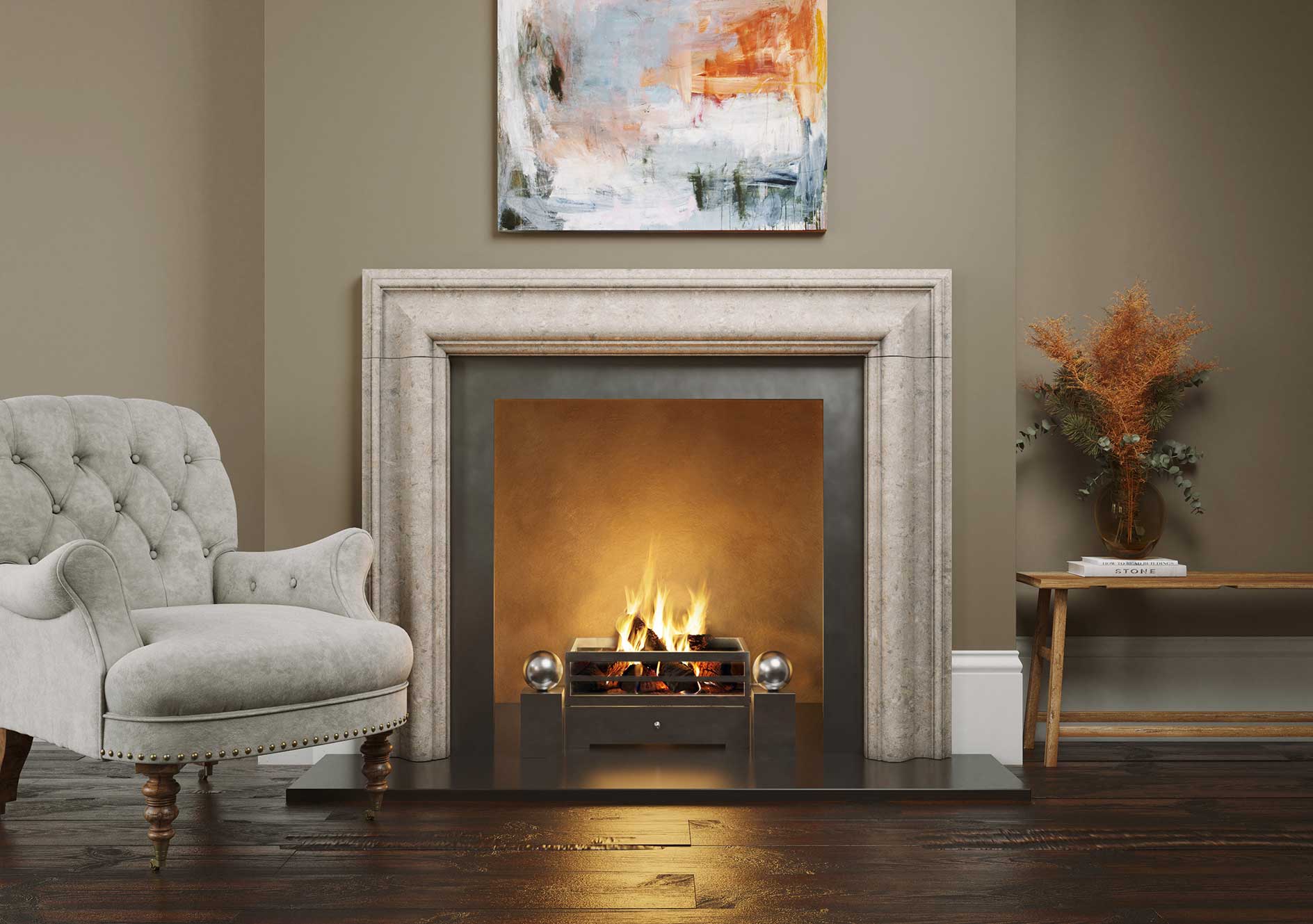
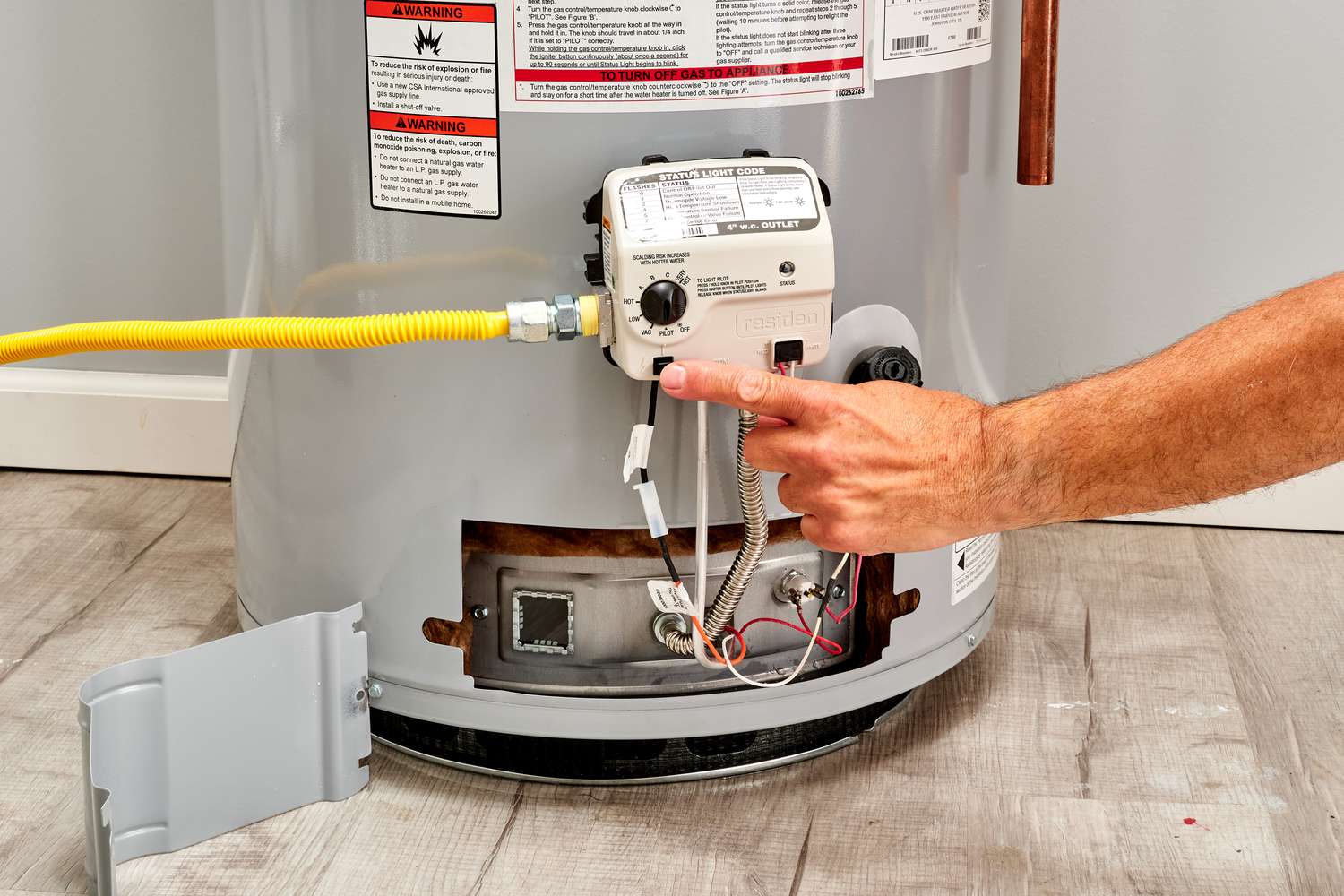
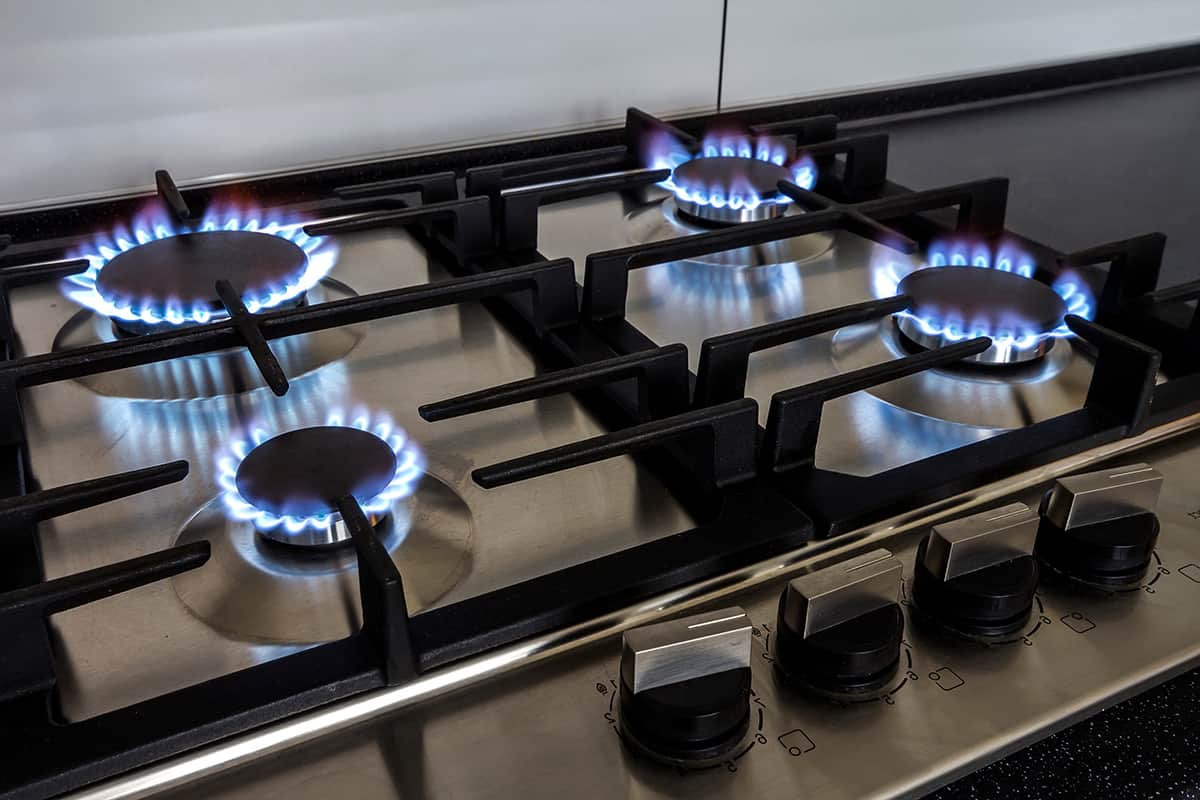
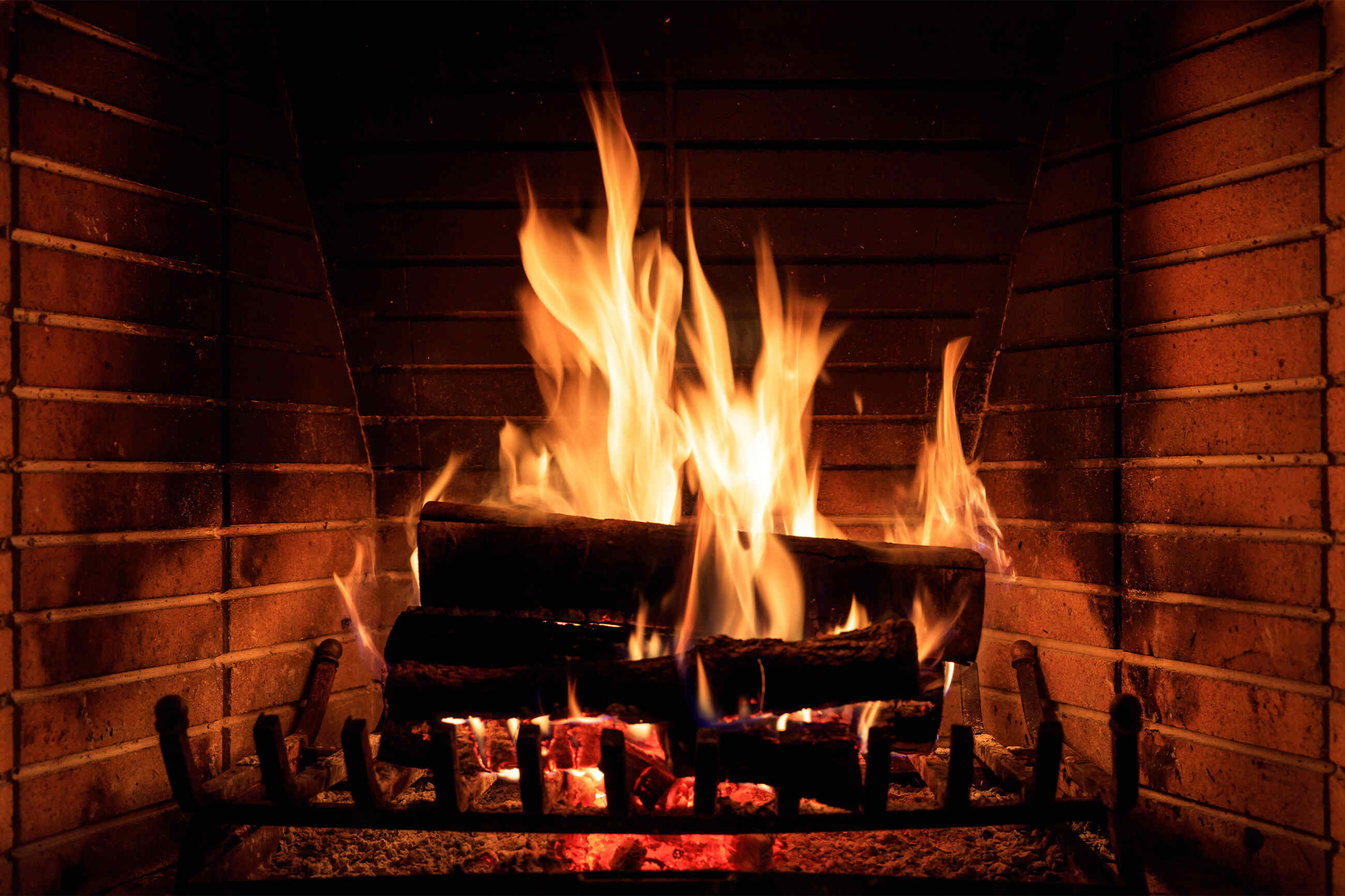
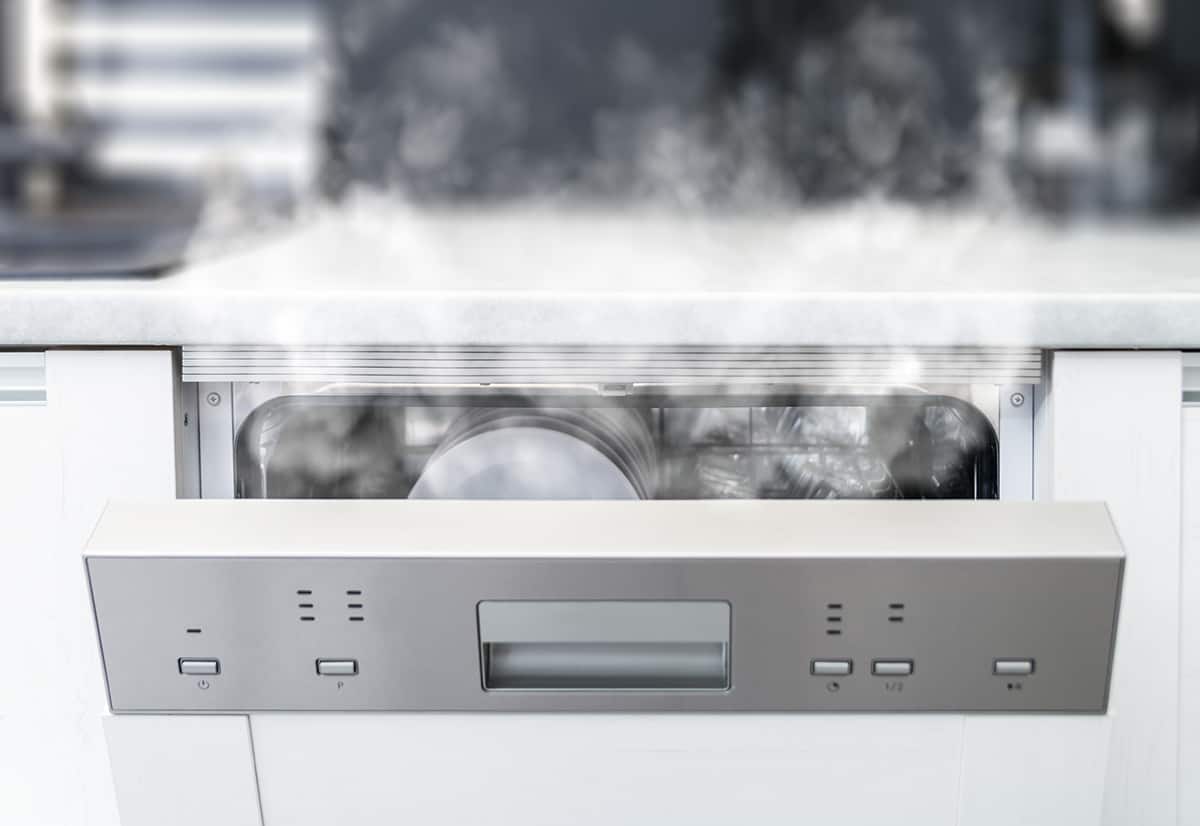
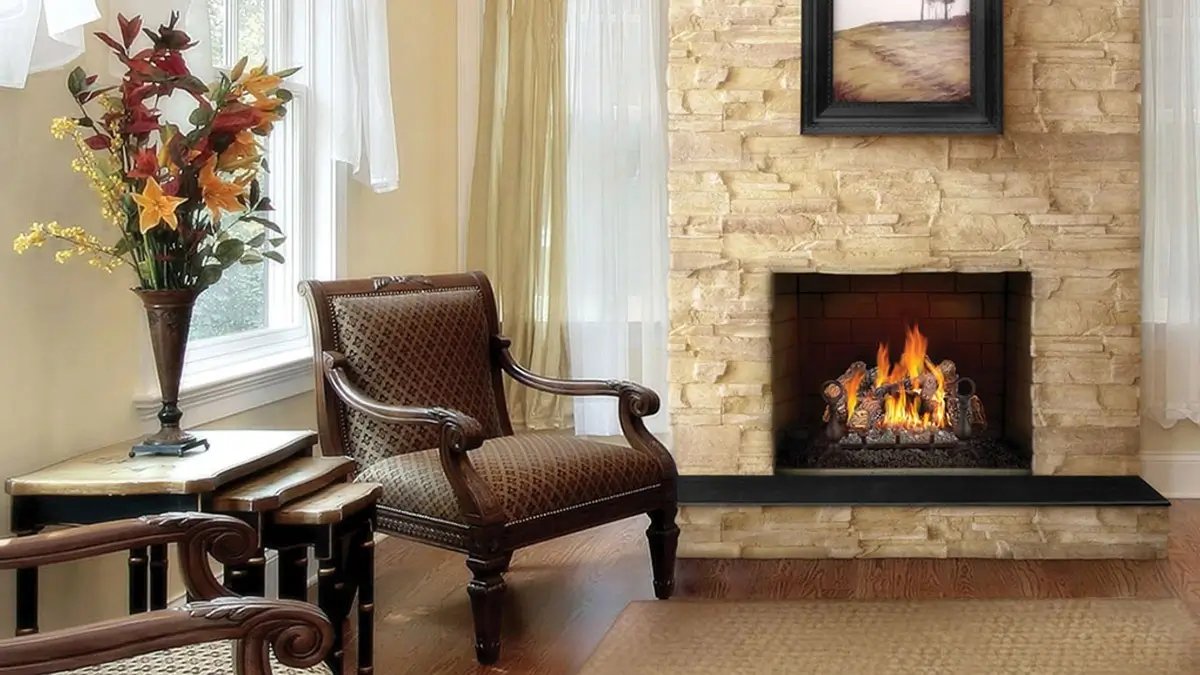
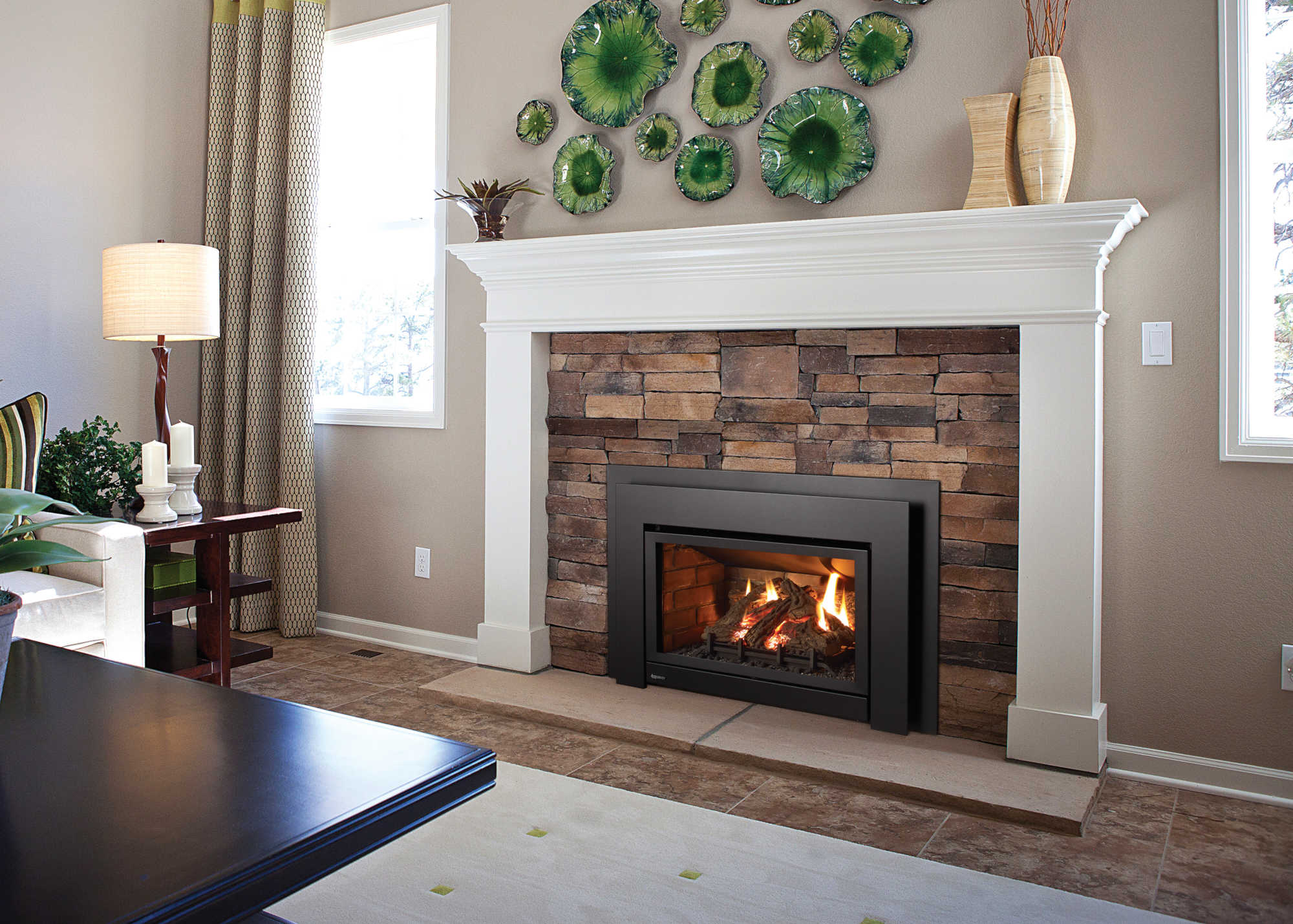

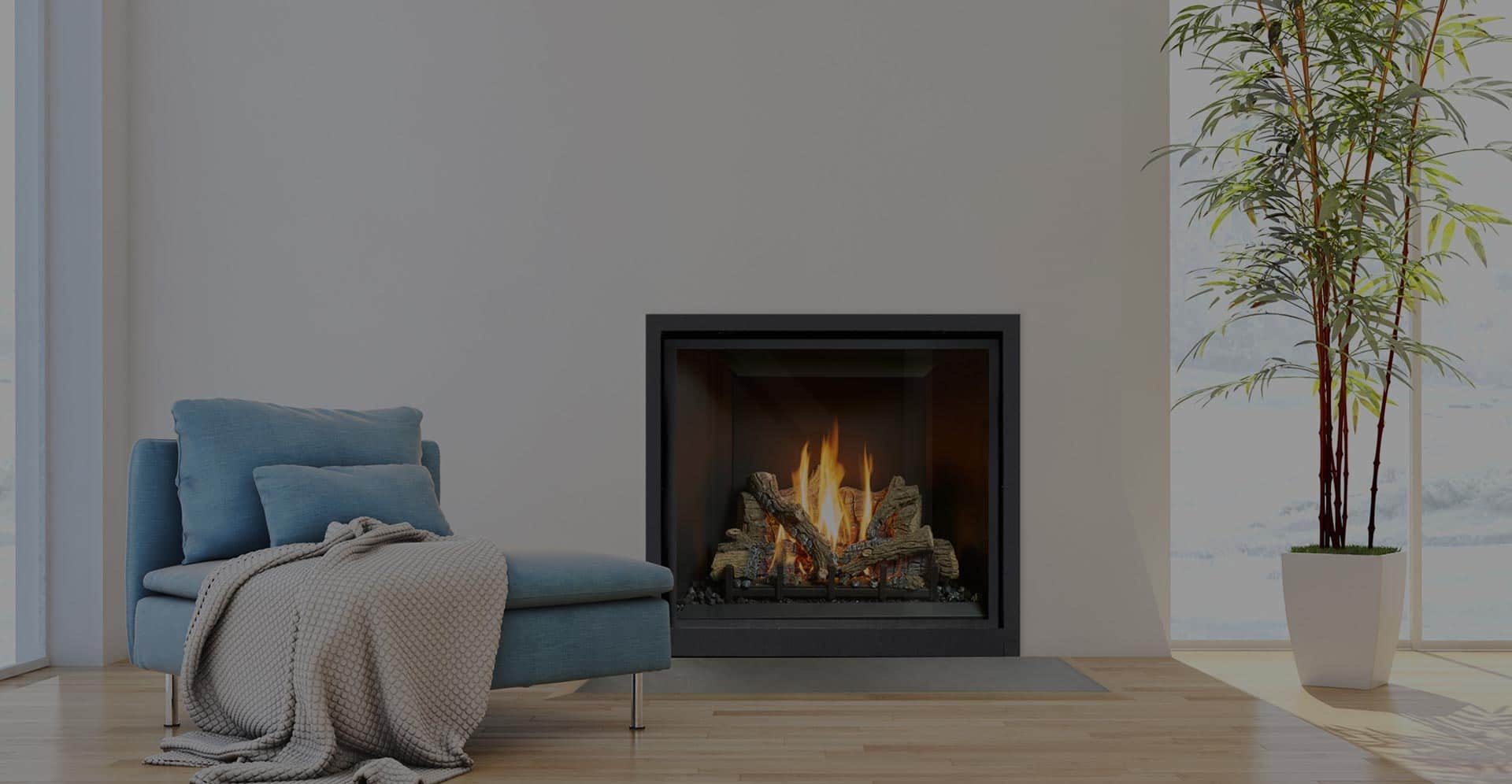
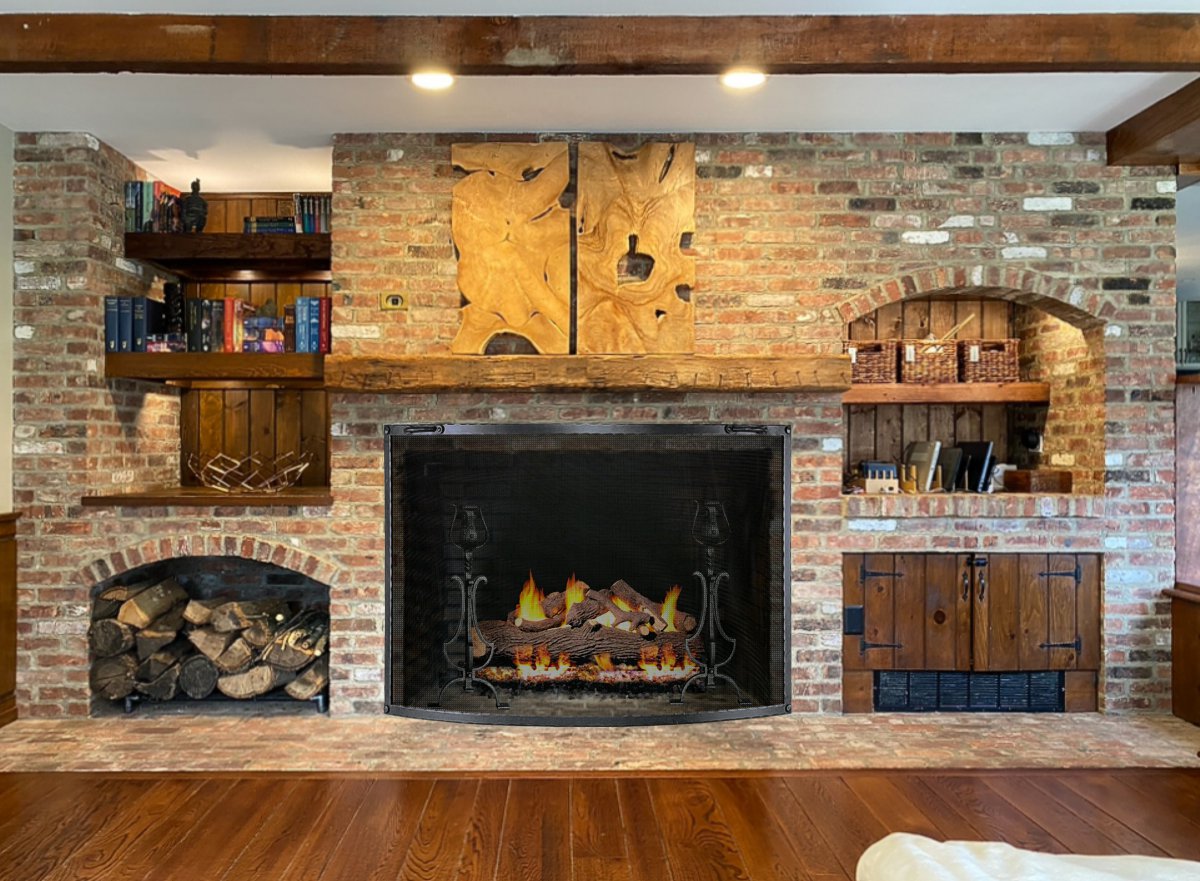

0 thoughts on “How Hot Does A Gas Fireplace Get”